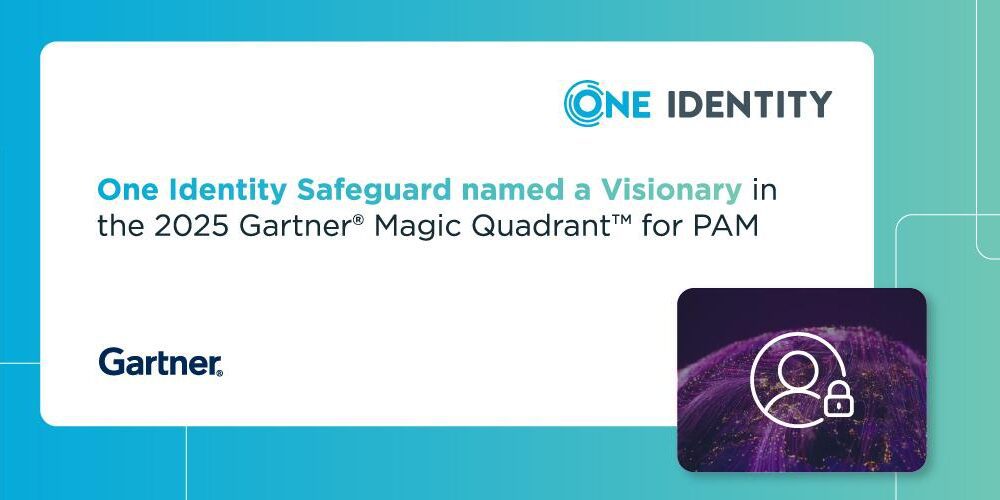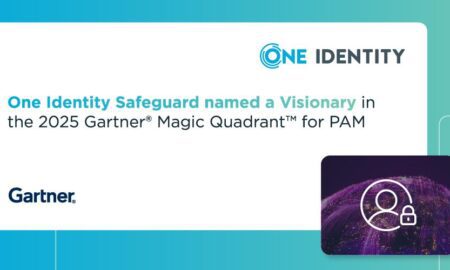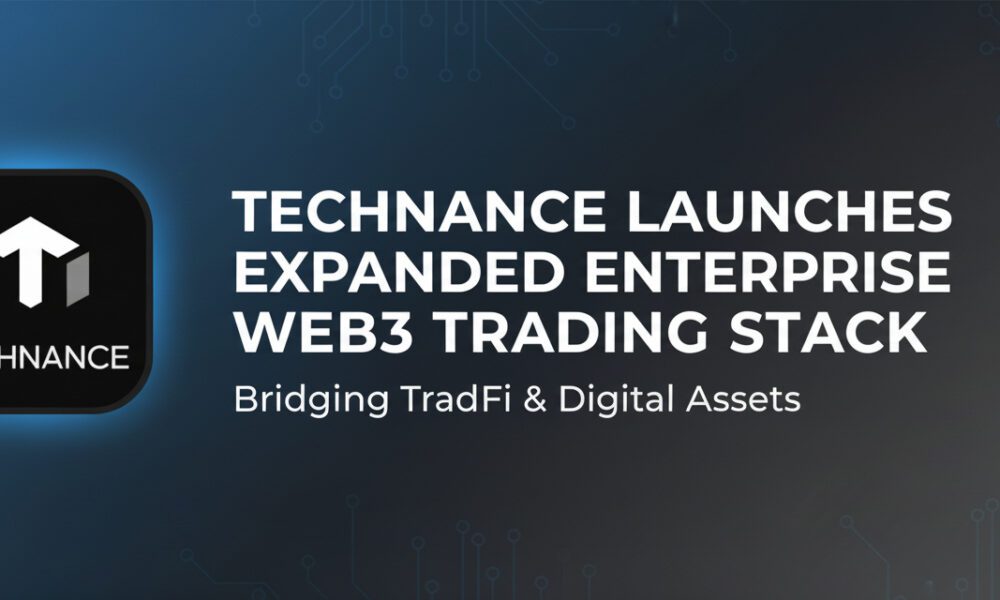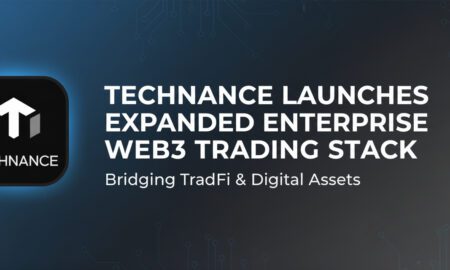For most of the 20th century, managing money meant visiting a branch, speaking to a banker, filling out paper forms — and waiting. That world is disappearing.
Across Europe and North America, consumers and businesses now move money, store balances, and pay bills entirely within apps — often without ever engaging a traditional bank. Increasingly, the institution behind the IBAN doesn’t matter; what matters is functionality, flexibility, and speed.
“The IBAN isn’t going anywhere — but the bank is,” says Edgars Lasmanis, founder of Walletto, a regulated electronic money institution based in Vilnius. “People want functionality, not formalities. They want to move money in real time, not wait in a queue or fill out forms.”
This transformation, long in the making, is now accelerating. Walletto is one of a new class of non-bank platforms that issue cards, offer IBANs, process payments and run merchant acquiring — without branches, without legacy systems, and without the branding of a traditional bank.
A Shift More Than a Generation in the Making
The evolution began years ago, with early innovations in online payments — PayPal in the US, then Stripe, Revolut, and Wise in Europe. These companies started by solving isolated pain points. Now, a new wave of firms is embedding full financial functionality into software.
“We issue cards, process payments, handle IBAN transfers, offer SEPA and SWIFT — all under a licence from the Bank of Lithuania,” Lasmanis explains. “For the user, it looks like a modern bank. But under the hood, it’s more flexible and more efficient.”
Walletto, a principal member of Visa and Mastercard, supports advanced features such as tokenized payments, mass payouts, and dynamic transaction descriptors — capabilities once restricted to top-tier financial institutions.
This modular approach — providing banking functionality on demand — gives modern apps the power of a full bank without the cost, complexity, or compliance burden of building infrastructure from scratch.
The Role of Regulation — and Political Scrutiny
Crucially, these innovations have been enabled, not hindered, by regulation. The EU’s revised Payment Services Directive (PSD2) granted Electronic Money Institutions (EMIs) the legal basis to issue IBANs, offer payments and issue cards. While EMIs cannot extend credit from their own balance sheets, they are permitted to operate much like a bank — provided client funds are safeguarded.
Yet this progress has also raised concerns among lawmakers and regulators, particularly in the United States.
“The rapid growth of these partnerships risks harming consumers while posing a broader threat to the stability of our banking system and the economy,” said Senator Elizabeth Warren in a letter to U.S. financial regulators, referencing the increasing prominence of fintechs offering banking-like services outside the traditional regulatory perimeter.
Senator Sherrod Brown, chair of the Senate Banking Committee, echoed those concerns: “Fintech companies that want to act like banks — but without the consumer protections and safeguards that actual banks must adhere to — put people’s hard-earned money at risk.”
While fintech founders argue that these models increase efficiency and reduce barriers, lawmakers worry that the decentralisation of financial services risks leaving consumers without clear avenues for recourse in the event of failures or fraud.
Banks Are Reacting, Slowly
Traditional banks have not been idle. Some are building their own digital divisions, often under new brands. JPMorgan Chase, for example, is quietly building a mobile-first European retail offering from its base in Germany. Others are partnering with fintechs, seeking to balance innovation with compliance.
Still, many remain burdened by legacy infrastructure. According to The Economist Intelligence Unit, although nearly all global banks are now investing in AI, data platforms and blockchain-based services, the majority cite operational complexity, legacy tech, and cultural resistance as barriers to transformation.
“Banks that master the complexity of this new environment will not only survive disruption, but define the future of intelligent banking,” the report concludes.
Some analysts, like Jim Marous of the Digital Banking Report, argue that banks still underestimate how fundamentally user expectations have shifted.
“Financial institutions must be able to deliver an easy-to-navigate, seamless digital platform that goes far beyond a miniaturised online banking offering,” says Marous.
Cards Without Banks, and a New Customer Relationship
Walletto’s approach to card issuing exemplifies how non-banks are displacing legacy players at the infrastructure level. Traditionally, only licensed banks could issue cards. Today, Walletto empowers businesses to launch co-branded card programs across Europe — complete with your branding, Apple Pay and Google Pay ready, 3D Secure-enabled, chip-and-PIN supported, and packed with customizable controls — all without building a bank or acquiring direct Visa or Mastercard membership.
“We’re replacing the idea of a ‘bank account’ with a more flexible toolkit,” Lasmanis says. “You don’t need a banker anymore. You need a working interface.”
For enterprise users, the benefits are equally clear. Walletto offers mass payment processing, recurring billing, e-invoicing with embedded links, and real-time monitoring — features especially valued by e-commerce firms, online marketplaces, and cross-border businesses.
“We serve merchants who want to go global, not spend six months dealing with legacy setups,” Lasmanis adds. “Because we own the entire stack — all in one platform: card processing, card issuing, and payment processing — we can give them everything in one place.”
Reimagining the Future of Financial Access
As financial services migrate into apps and APIs, analysts expect the lines between banks and non-banks to blur further. Capgemini projects that digital wallets will account for more than 60% of global e-commerce transactions by 2027. Account-to-account (A2A) payments — enabled by open banking — are also predicted to erode debit card fee revenues by up to 25%.
In this model, the financial institution becomes a layer — not a brand. The experience becomes the product. Users no longer ask which bank holds their funds; they ask how quickly, cheaply and transparently they can access and move them.
“We’re not here to replace banks,” Lasmanis remarks. “We’re here to build the next layer on top — the layer that actually works for people.”
Some U.S. politicians remain cautious, but even critics acknowledge the inevitability of evolution. Former Fed governor Raghuram Rajan, now a professor at the University of Chicago, has warned against nostalgia for incumbent dominance.
“Healthy and competitive financial markets are an extraordinarily effective tool in spreading opportunity and fighting poverty,” Rajan said. “But they must evolve with technology.”
In Europe and beyond, that evolution appears to be well underway. Banking may not disappear — but its future will likely be modular, mobile, and increasingly invisible. And for companies like Walletto, that future is already here.































